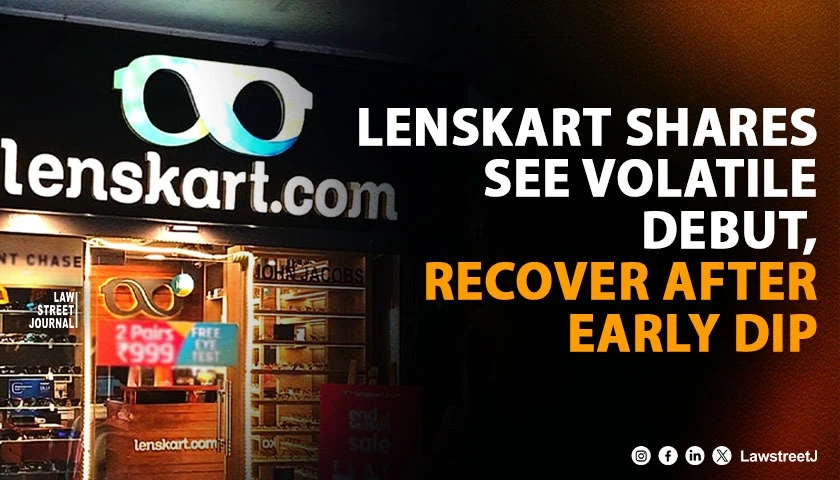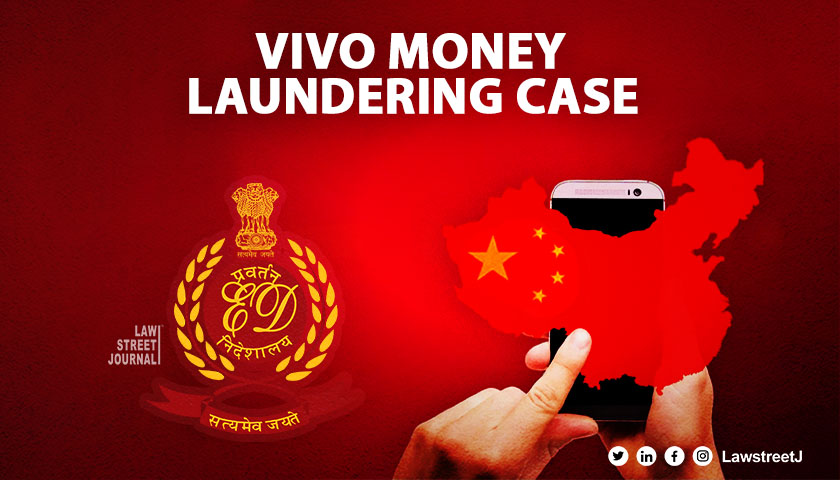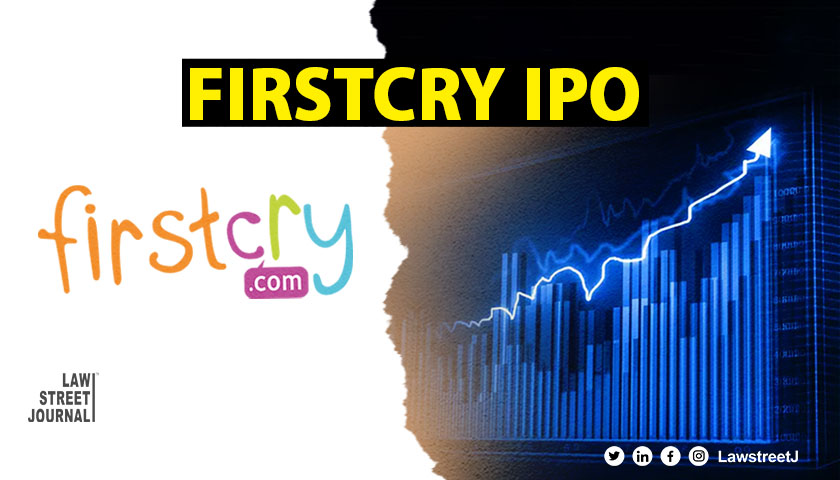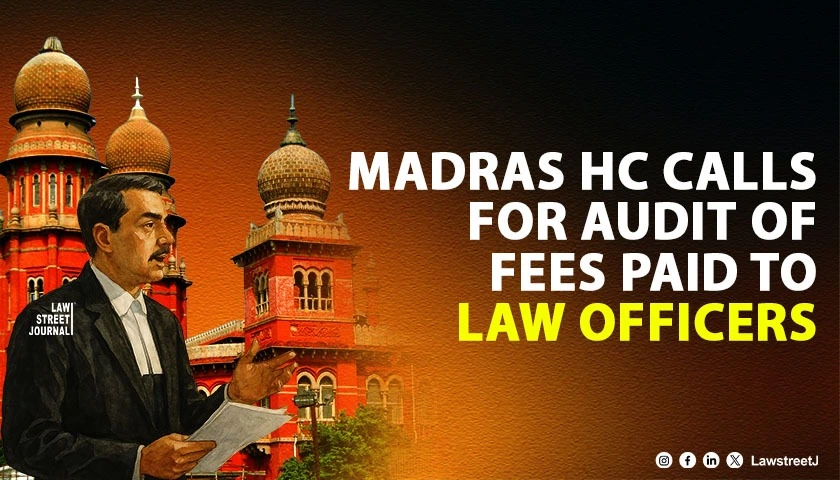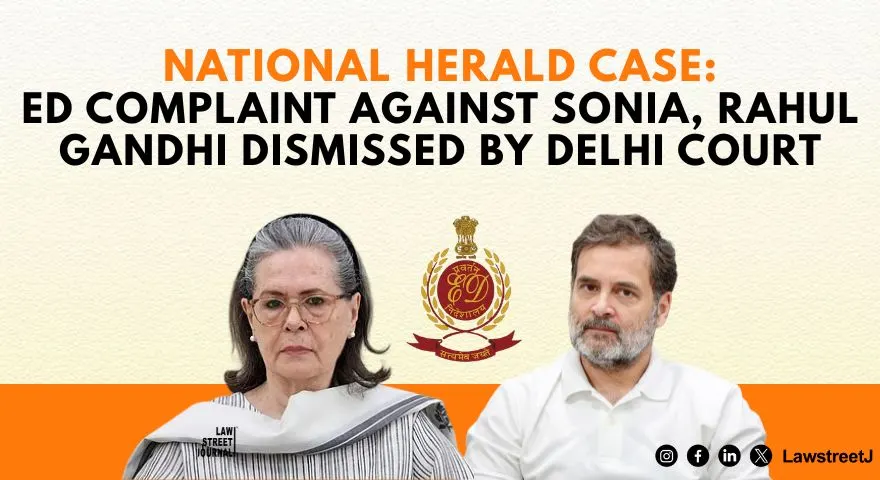New Delhi: Lenskart Solutions Ltd., India’s largest eyewear retailer, entered the stock market on 10 November 2025 with a debut that drew attention for its sharp intraday swings. The company’s ₹7,278 crore public issue, which ranked among the biggest consumer-retail IPOs of the year, had seen strong subscription across investor groups. However, the stock opened below its issue price, prompting analysts to watch the listing closely. The IPO consisted of a fresh issue of ₹2,150 crore and an offer for sale of ₹5,128 crore by existing investors, including SoftBank. The Securities and Exchange Board of India cleared the offer in October after reviewing the draft red herring prospectus under SEBI’s Issue of Capital and Disclosure Requirements Rules. The offer was priced at ₹402 per share.
Demand during the issue period was strong. Bids worth ₹27,494 crore were placed for 9.97 crore shares, taking total subscription to 6.86 times. Qualified Institutional Buyers subscribed 6.5 times their quota. Non-Institutional Investors subscribed 8.6 times, while the retail category saw demand at 5.37 times. Activity in the grey market, which had shown premiums earlier, moved toward zero just before the listing. No violations of SEBI rules regarding grey market communications were reported.
Listing Day Performance and Market Reaction
On the day of the debut, Lenskart’s stock opened at ₹390 on the BSE, about 2.99 percent below its issue price. On the NSE, it began trading at ₹395, a 1.74 percent discount. The share fell further to ₹355.70 during the session, registering an intraday drop of 11.52 percent before recovering, and by the end of the day it touched ₹403.80, closing slightly above the IPO price by 0.44 percent. The movement reflected a mix of cautious sentiment and broader market conditions. Analysts pointed to early profit-taking by some investors and volatility in the wider market as contributing factors. Later buying by institutions supported the stock’s rebound. Exchanges reported no procedural issues in the listing process. The debut complied with SEBI’s Listing Obligations and Disclosure Requirements norms, and no discrepancies were found in allotment or share credit procedures.
The Lenskart offer went through the regulatory process required for large public issues. Its prospectus detailed the company’s finances, operating model, and risks, in line with SEBI’s 2018 regulations. Disclosures included information on expansion plans, competitive pressures, and inventory cycles. The fresh issue component was intended for business expansion and general corporate needs, while the offer for sale enabled early shareholders to partly exit. The Registrar of Companies, SEBI, and market intermediaries oversaw the process. Post-listing compliance checks showed no outstanding concerns. The ASBA mechanism, designed to protect applicants’ funds until share allotment, was used for all investor categories. Mandatory disclosures under the Companies Act, 2013, were also followed.
Lenskart has committed to quarterly reporting, governance standards, and other obligations applicable to listed entities. These include board-level committees, disclosures on material events, and adherence to accounting and audit rules.
Company Position and Sector Context
Lenskart operates more than 2,000 stores across India and Southeast Asia and has reported consistent revenue growth over recent years. Its draft prospectus recorded revenue of ₹1,500 crore for FY24, along with improving EBITDA margins. The company’s presence in both offline and digital formats has made it a leading player in the direct-to-consumer eyewear space. The listing is seen as an important moment for India’s consumer-tech and retail IPO pipeline. In the months ahead, several companies in similar sectors are preparing to tap equity markets. Market participants have noted that pricing accuracy, detailed risk disclosures, and investor-education efforts have become important in ensuring smoother public listings.
Lenskart’s debut reflected the gap that often appears between strong IPO subscription and actual market performance on listing day. Despite full compliance with regulatory requirements and a well-received public issue, the stock opened below its issue price before recovering. The movement highlighted the effect of market conditions and investor sentiment on large consumer offerings. As the company settles into life as a publicly traded entity, its governance practices and quarterly results will remain under regular review by investors and regulators.

